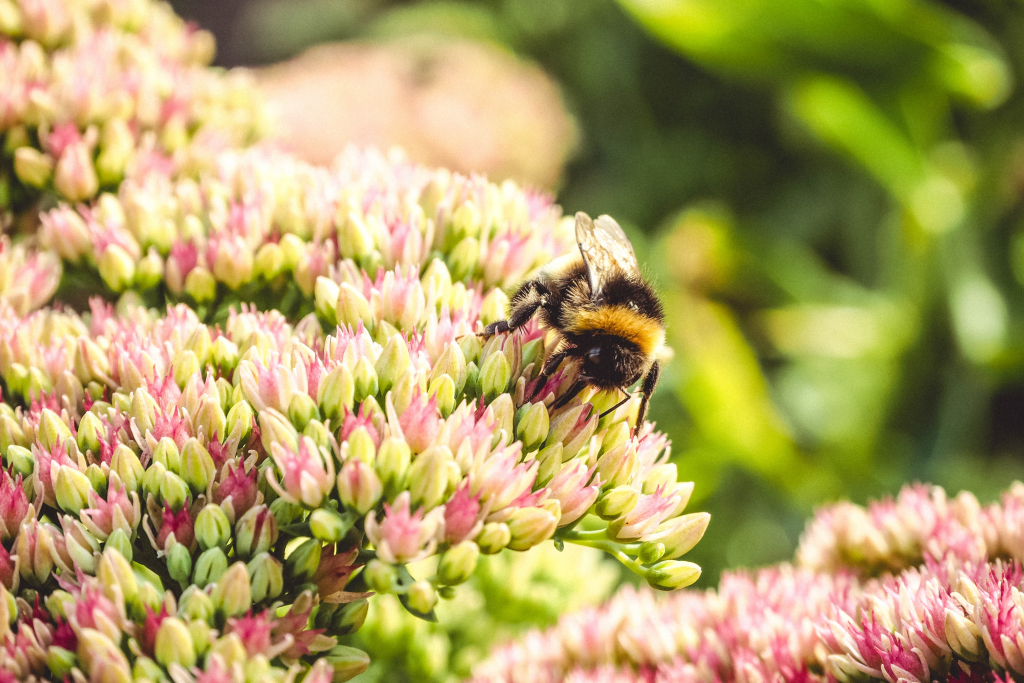The world as we know it is evolving rapidly, and as times continue to change so will the way in which people live. Pollinator gardens are ultimately an opportunity for those of us with a yard (or even just a patio) to help make an impact on our planet. And although creating a pollinator garden may seem like a small step to take, you’ll be making a bigger impact than you think.

What is a pollinator garden?
A pollinator garden is a garden that is planted predominately with flowers that provide nectar or pollen for a wide range of pollinating insects. A pollinator is an animal that moves pollen from the male anther of a flower to the female stigma of a flower. This helps the flowers become fertilized and reproduce. A few examples of pollinators include bees, butterflies, bats, moths, and hummingbirds.
Why are pollinator gardens important?
Pollinator gardens support and maintain pollinators by supplying food in the form of pollen and nectar which will ensure that these important animals stay in the area to keep pollinating our crops for continued fruit and vegetable production. Pollinator gardens also benefit the ecosystem. Bees are dying off so fast and some species are even considered endangered, so pollinator gardens could be instrumental in helping bees and other pollinators survive and flourish.


How can you start a pollinator garden?
The best time of year to start a pollinator garden is late winter or fall — that way, the seeds you use will have time to germinate. However, you can technically start whenever. When you do decide to get started on this incredible journey of helping the planet and pollinators, you must first choose a certain area in your backyard or front yard where you know you can successfully plant a garden and that it will not be disturbed.
Next, use a wide variety of plants that bloom from early spring into late fall.Such plants include Desert Marigolds, Viola, Tulips, and Daffodils to name a few. Include plants native to your region as well. Native plants are adapted to your local climate, soil and native pollinators. Do not forget that night-blooming flowers will support moths and bats, so they are also important.
Avoid modern hybrid flowers, especially those with “doubled” flowers. Doubled flowers are flowers with extra petals, often containing flowers within flowers. Most of the time plant breeders have unintentionally left the pollen, nectar, and fragrance out of these flowers while creating the “perfect” blooms. Also, eliminate pesticides whenever possible. If you have to use a pesticide, use the least-toxic one possible. Read labels carefully before purchasing, many pesticides are especially dangerous for bees. Finally, only spray at night, as most pollinators are not as active at that time.
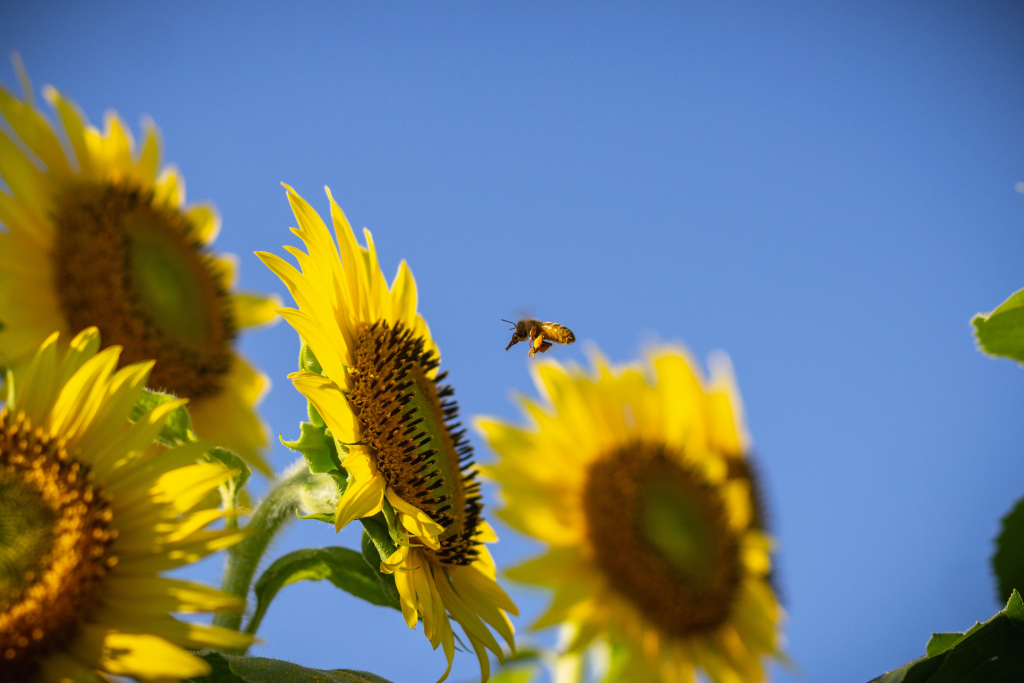
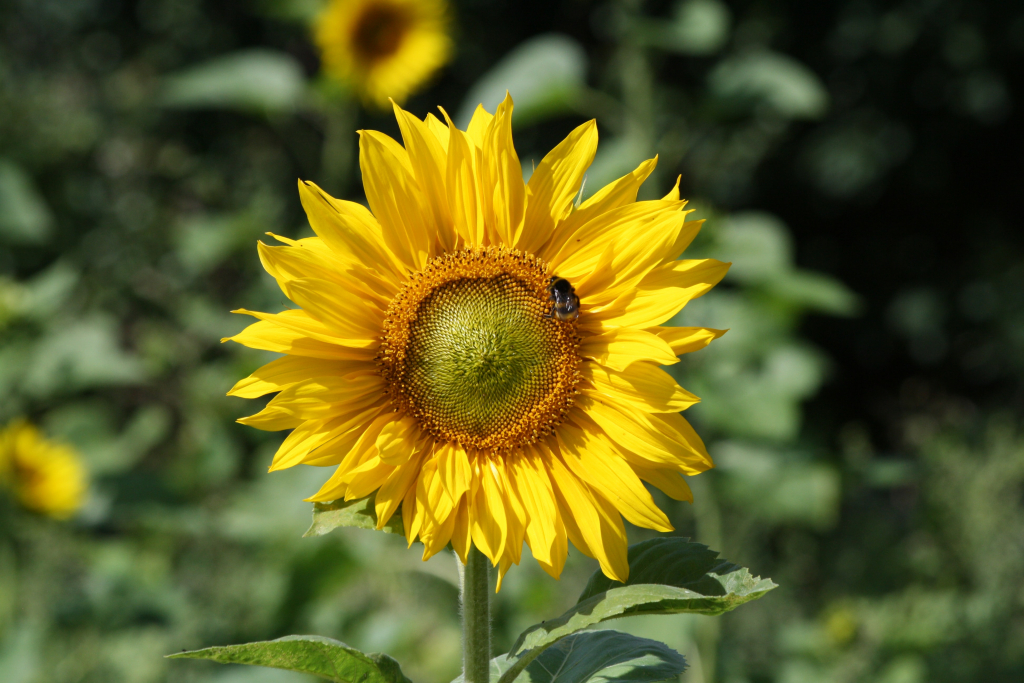
Did you know?
You can get your garden wildlife habitat HOA certified? Here’s how!
Step 1: Provide a minimum of three food sources. “These can come from food provided naturally by plants, such as seeds, nuts, berries, fruits, nectar, sap, foliage, twigs or pollen,” according to an article by HGTV
Step 2: Provide at least one water source. Start out by filling a small dish with pebbles and water for the birds and bees or even create a tiny pond. Make sure if it’s a bird bath it does not have slick edges as birds cannot actually grip onto these.
Step 3: Provide at least two sources of cover. This includes a brush pile, log pile, wooded area, dense shrub or thicket, meadow planting, cluster of evergreens and rock piles.
Step 4: Provide two places where wildlife can raise their young. This includes a birdhouse, a small tree in a pot or a host plant for your local butterflies and other pollinators.
Step 5: Get certified! Go to the NWF’s website, and “check the boxes that apply to your space, elaborate a little bit on your habitat and pay the $20 fee, which gets you a subscription to the NWF’s magazine, a certificate and also goes towards NWF outreach. You can also spring for the $30 sign: Though this won’t help attract more wildlife, it might inspire neighbors to create their own wildlife habit.” According to HGTV
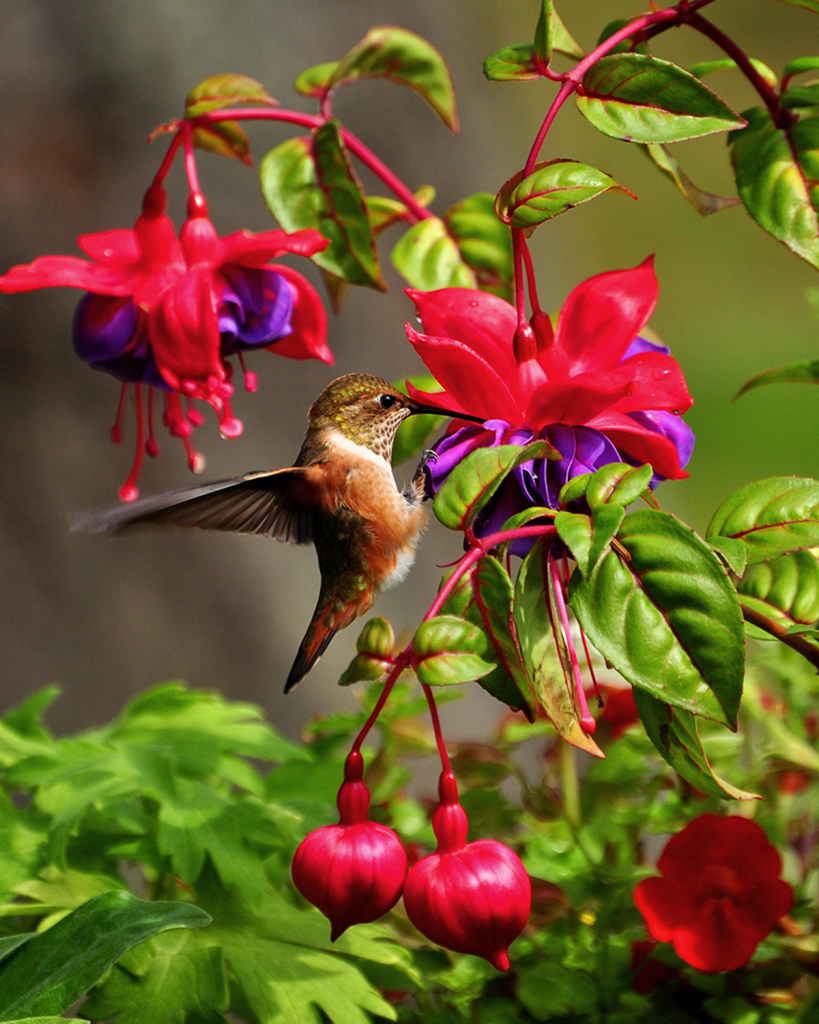
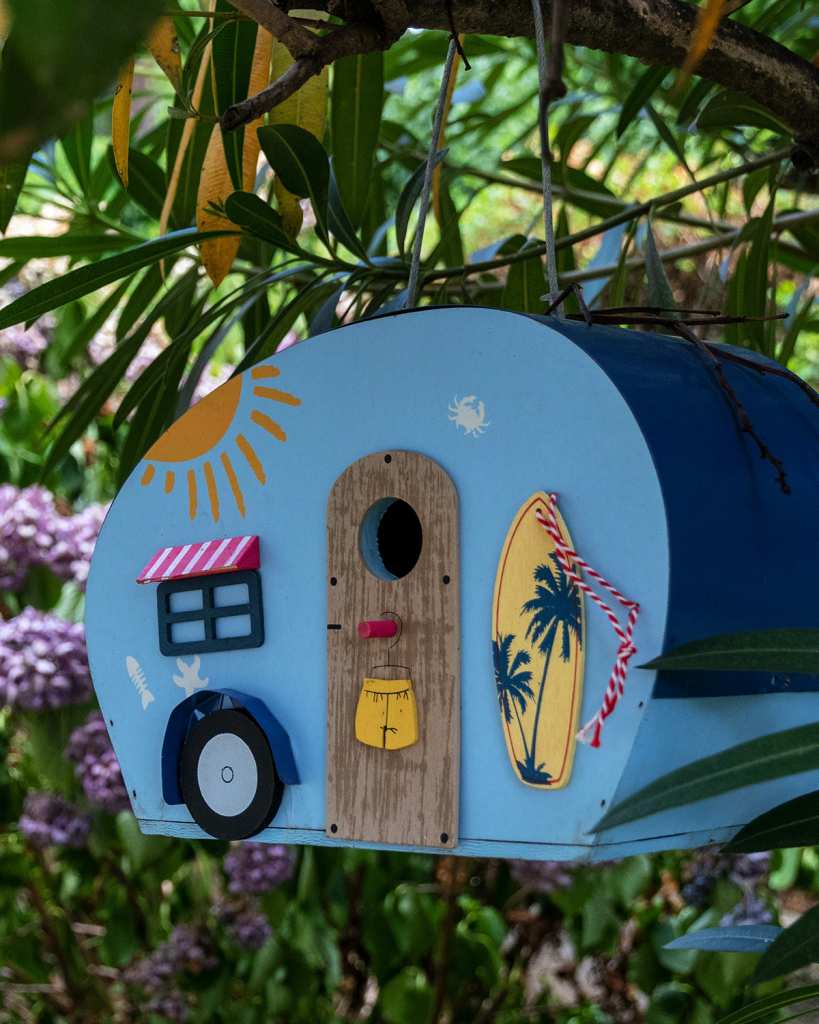
Why Bees are facing extinction, and how this affects ALL of us
Bees are reaching potential extinction due to habitat loss primarily, but also because of parasites (which live inside them and kill them, and are not exactly in our control). However, habitat loss is in our control. Honeybees specifically are dying at an alarming rate. “Researchers from the University of Maryland reported that about 40% of the US’ honeybee colonies died between October 2018 and April 2019 — the highest winter loss in 13 years,” according to Business Insider. If bees went extinct, humans would only be able to survive four more years. Agricultural statistics have shown a honeybee decline from about 6 million hives in 1947 to 2.4 million hives in 2008, a 60 percent reduction. There are only 2 billion bees left in the world as of 2020.
A few tips!
Create a damp salt lick for butterflies and bees. Use a dripping hose, drip irrigation line, or place your bird bath on bare soil to create a damp area. Mix a small bit of table salt (sea salt is better!) or wood ashes into the mud.
Leave the dead tree limbs! By leaving dead trees, or at least an occasional dead limb, you provide essential nesting sites for native bees.
You can add to nectar resources by providing a hummingbird feeder. You can make artificial nectar yourself or buy it online or in store. Never use artificial sweeteners, honey, or fruit juices. Place something red on the feeder as this attracts hummingbirds. Clean your feeder with hot soapy water at least twice a week to keep it free of mold.
Butterflies need resources other than nectar. They are attracted to unsavory foods, such as moist animal droppings, urine and rotting fruits (gross, I know). Try putting out slices of overripe bananas, oranges and other fruits, or a sponge in a dish of lightly salted water to see which butterflies come to investigate. Sea salt provides a broader range of micronutrients than regular table salt.
Learn more about pollinators. Look online and research the pollinators in your neighborhood. By doing this, you will know what you are going to attract into your future garden!
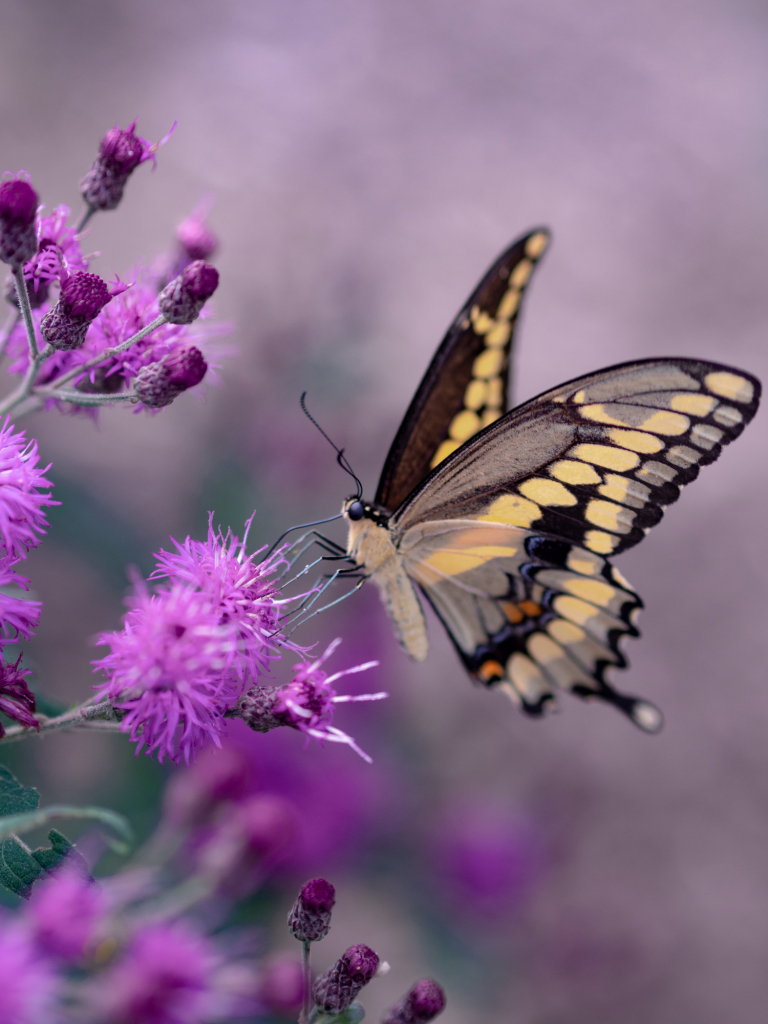

After reading our post about pollinator gardens, do you plan on starting one yourself? Let us know in the comments below!
For More Like This, You Should Read:
Everything You Need To Know About Starting A Garden This Year
Calling All Beginner Plant Moms! Here Are The 7 Plants You Need ASAP

